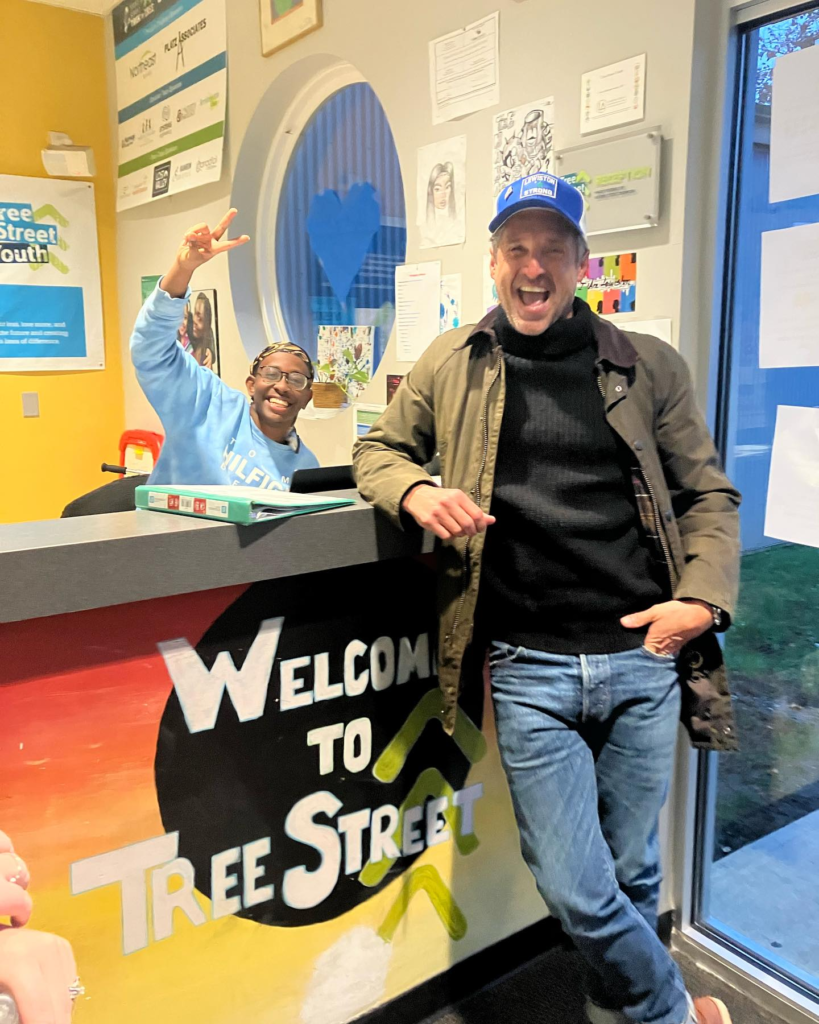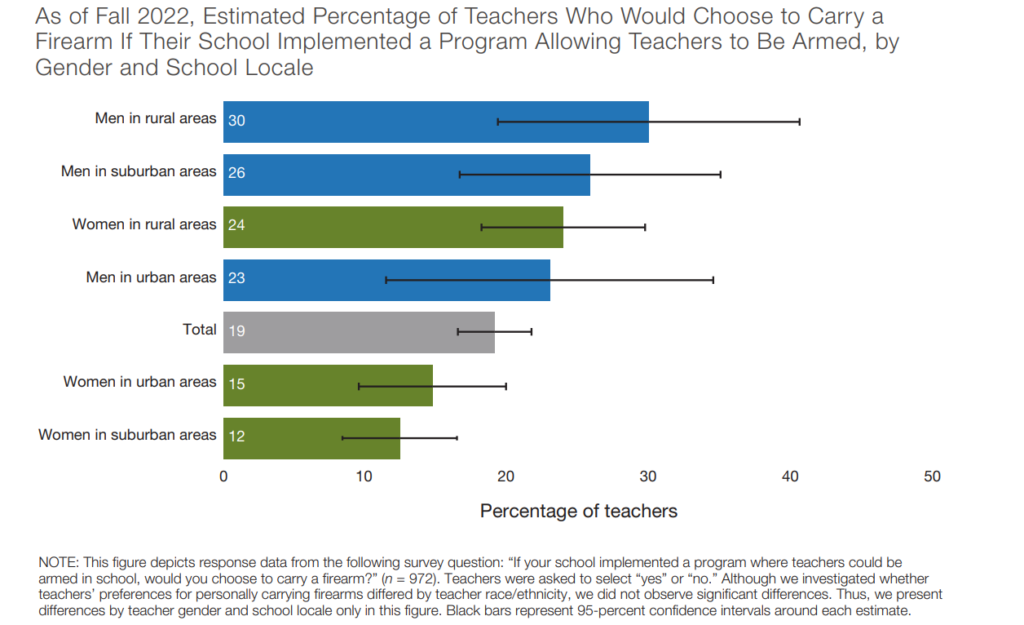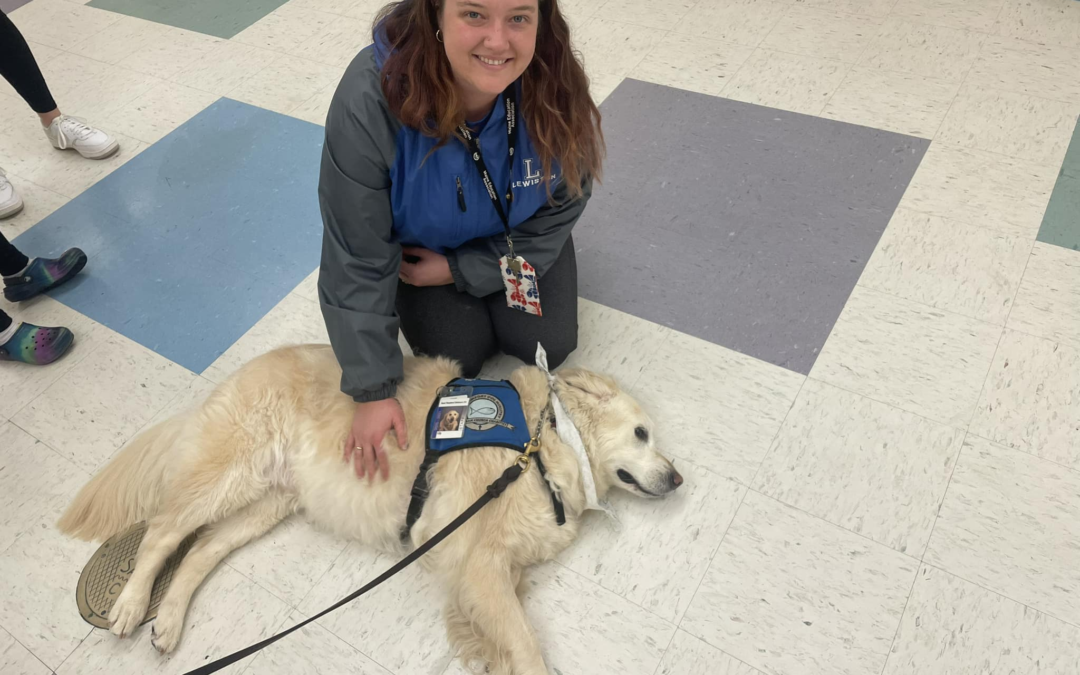In the halls and classrooms of schools in Lewiston, Auburn and the surrounding communities where some families were locked down during school conferences that horrible day in October, children are now back to learning and staff are working through the process of how to continue in the aftermath of an unspeakable mass shooting that killed 18 people and wounded 13 others.
While the community came together, and the “Lewiston Strong” and “Maine Strong” phrases quickly spread, the media coverage has since dwindled and the spotlight on the city known for its mills and grit dimmed leaving some in the community to wonder-what happens next?
In the wake of this devastating event, the Maine Education Association’s focus turns to the crucial aspects of recovery, resilience, and reform. Beyond the headlines, beyond the initial shock, lies the story of communities and their schools determined to heal and transform.
“Within this community, you’ll find diversity in every sense of the word, the most dedicated and talented workforce, and more heart than I’ve encountered in all my travels. This place drew me in and changed my life for the better,” Jake Joy, a teacher in Lewiston, wrote to other educators shortly after the shooting.
While the scars of tragedy run deep, the Maine Education Association hopes to help all members explore strategies for self-care, the urgent need for improved mental health support, and work to address the pressing issue of access to guns.
Letter From Lewiston Education Association President
Like many educators in Lewiston, I was driving home from Parent-Teacher Conferences on October 25th when I noticed several police officers speeding down East Ave. I pulled over to the side of the road and observed even more patrol cars racing towards Lewiston as I crossed the bridge to Auburn. Initially, I assumed there had been a major accident. However, upon arriving home, I received the call from our Superintendent urging us to shelter in place. Shortly after, my neighbor called to inform me that her daughter was at the bowling alley which led me to call and text all of my coworkers, friends, and student families to ensure their safety. The events that unfolded in the following days left me feeling frightened and isolated, although sadly, not entirely unexpected given the current climate in our country.
Returning to school was an incredibly daunting experience. How was I supposed to address what had happened in our city with my students? How could I provide support and comfort to my fellow LEA members who were directly affected? How could our community begin to heal and move forward? These questions, among many others, kept me awake at night. Thankfully, our district acted swiftly and developed a reentry plan that prioritized compassion and healing. The Monday after the incident was reserved for staff only, allowing us time to process our emotions, grieve one of our own, and collaborate on ways to support one another and our students. Although we were apprehensive about the students’ return the next day, it turned out to be exactly what we, as educators, needed.


Our students have exhibited remarkable resilience and a strong desire to reconnect with one another. Their energy and enthusiasm fuel our commitment to resuming routines. Many students have questions and a sense of uncertainty.
Our small community will continue to experience the lasting effects of this situation for years to come, making it challenging to predict how children will emotionally navigate and reflect upon these experiences in the future.
The weight of this tragedy hangs heavily over my thoughts throughout the school day, and we can’t afford to ignore it. Engaging in open, albeit difficult, conversations about safety and the potential for future incidents is crucial. When a student asks you if they’re safe at school, an educator wants to respond with a resounding, “YES!” in response. Yet, how can we offer such assurance when our students witness the horrifying scenes of their friends, neighbors, family, and community members being gunned down in their local bowling alley? The task of calming concerned parents and ensuring the safety of their children in our care becomes increasingly challenging when statistics reveal that over 300 people, including around 20 children, are shot in the United States every day (Brady United, 2023).
The reality is that I, as an educator, cannot 100% guarantee the safety of my students. This realization is deeply unsettling. Contemplating lockdown procedures and emergency exits in my classroom has become an unfortunate necessity.
As an educator, I find it impossible to remain passive when our classrooms, bowling alleys, Walmarts, and restaurants become scenes of tragedy. The urgency to address this issue and advocate for safer communities cannot be overstated.
Jaye Rich, M. Ed
Lewiston EA, President
REFERENCES: Brady United (2023). The facts that make us act. https://www.bradyunited.org/key-statistics
Mental Health Support
As an educator in Maine, you and your family have access to speak with health professionals to support you through this time. This resource is provided, without additional cost, through the Member Assistance Program (MAP). MAP licensed clinicians will answer your calls 24 hours a day, 7 days a week. Rest assured that any contact you have with your MAP is confidential.
The Member Assistance Program is available to all school employees and their household members, regardless of whether they are enrolled in the MEABT health insurance. The MAP program can provide support to people as they navigate and process this horrific tragedy. Access your MAP benefits and resources.
Additionally, through MEABT, members now have access to a brand new program, Aspire 365, that gives you same day access to comprehensive mental health care for you and your family at no cost to you.
Self-Care
The MEA understands saying “take care of yourself” is easier said than done. Practicing self-care is crucial in the aftermath of a mass shooting situation, as it helps educators regain their emotional and mental equilibrium while remaining resilient in their roles as caregivers and educators. It is critical for your mental and emotional well-being that you continue to seek support from mental health professionals and find other ways to reduce stress.
Through your MEABT health insurance, you have free access to wellness programs. The MEABT wellness program, known as Virgin Pulse, allows you to access in-app or web-based courses on mindfulness, self-awareness, cultivating healthy thoughts and yoga basics. There is also a Pause and Reset Guide, available on the Virgin Pulse app, that can provide resources for managing stress and building resiliency. These programs are included in your health insurance plan and are available to you at your convenience. If you are not already a Virgin Pulse member, please join by going to www.join.virginpulse.com/meabt. If you have any questions, please contact the Virgin Pulse Customer Service number at 855-689-6884.
It is also crucial that you continue to connect with your colleagues to establish a support network. Use your local association as a way to gather, even if just socially, to establish a network that helps you find a way to take a break. Most importantly, it’s ok to say “no”, and it’s ok to establish proper boundaries between your profession and your life. It’s essential to create space for self-care by unplugging from work-related communications, both physically and digitally, to recharge and disconnect.
Access to Guns
In an era where gun violence is an all-too-common occurrence, the question of how to strike a balance between Second Amendment rights and public safety is a continued concern. The MEA has several adopted positions on gun issues including the most recent belief statement, adopted in 2023 which states:
The MEA believes it is critical for our government officials to take further actions towards preventing acts of violence, both in our places of education as well as in our communities. Such measures to prevent acts of violence, however, must be consistent with a welcoming and caring climate that our students need and deserve in order to be successful. Any measures such as the installation of metal detectors, arming educators, and the like would create unsafe and harmful conditions for both students and educators.
The MEA has provided testimony in support of better laws, including the proposed Red Flag law that did not pass at the time and instead became the Yellow Flag law. The Union will continue to support legislation that falls in line with the belief statement to prevent acts of violence in our communities. These positions and beliefs are adopted by delegates at the MEA Representative Assembly, which is the governing body of the Union. MEA members can opt to become delegates at the MEA RA where issues like gun policies can be discussed.
Should Educators Carry Guns?
Following a mass shooting the question of, should educators carry guns, comes to surface. Recent data suggests the idea is still an unpopular one among all genders and ethnicities. The data below is from a 2022 survey of teachers who were asked the following question: If your school implemented a program where teachers could be armed in school, would you carry a firearm? A total of 19% of teachers replied yes, with the majority of them being males in rural areas.

Yellow Flag vs. Red Flag
In the national conversation on gun control, Maine is the ONLY state in the nation to have what is called a “Yellow Flag” law. While many states have adopted “Red Flag” laws, Maine’s Yellow Flag Law is considered a more tempered approach to gun control. See the side bar to the right for more info.
Difference between YELLOW FLAG VS. RED FLAG LAWS
Yellow Flag
- Maine is the ONLY state in the nation to have what is called a “Yellow Flag” law.
- Promotes dialogue and intervention without confiscation.
- When someone raises concerns about an individual’s mental state or potential risk, the authorities work to facilitate communication and support services.
- The primary objective is to address the root causes of distress or instability, potentially preventing crises in a more compassionate manner.
Red Flag
- Allows authorities to temporarily remove firearms from individuals deemed a threat to themselves or others.
- These laws often involve the court system, where a concerned party can petition to have guns temporarily confiscated from someone exhibiting dangerous behavior, such as severe mental illness or signs of potential violence.
- The goal is to prevent tragedies before they occur.
The MEA supported Red Flag law legislation when it was proposed, and will continue to do so, if a new proposal is brought to the legislature.
Lewiston/Auburn: Two cities, one community
More than a month has passed since the shootings on October 25th rocked the Lewiston and
Auburn communities and beyond, and during that time, Auburn schools have quietly gone about the business of recovering. Torn between supporting our neighbors across the river with all the fervor of #LewistonStrong while simultaneously experiencing the impact so deeply in our own schools, we have had to navigate the recovery differently than Lewiston. We accepted our place somewhere along the edges of the spotlight, with a lot less attention but no less love for those who are grieving.
At Edward Little High School alone, students lost fathers, step-fathers, uncles, cousins, co-workers, neighbors, friends and teammates. Staff at multiple buildings lost teammates, friends, and neighbors. Teenagers expressed feelings of survivor’s guilt because they didn’t attend bowling practice or cornhole that night. One student of mine lost seven members of the cornhole community she interacted with regularly, including her cornhole partner. One of our Red Eddies was shot and has undergone multiple surgeries with more on the horizon. His brother, a student at Auburn Middle School, and his mom, an employee at an elementary school, both witnessed it. The direct connections and the ripple effects throughout the district are immeasurable.
For many of our students, life just kept moving around them while they were working through a myriad of emotions. Sports playoffs and part-time jobs, college applications and All-State music auditions- everything went on as usual. And for at least a week, many kids had to work funerals into their schedules. So, we negotiated those days and weeks the best we could, with lots of hugs and questions like, “What do you need?” and “How can I help?”
But, time does heal. With each passing day and week, the heaviness seems to lift. Smiles return to the faces of the bereaved. Our injured student returned to school until his next surgery. A handful of kids openly mention they are in therapy and it is helping. May we never need to use the strategies we have learned through this ever again, but we have definitely learned plenty.
Staff and students of ELHS would like to extend our appreciation to the districts and organizations that reached out to offer support, especially to Lawrence High School for baking over 900 cookies for our students. I was told they did the same for Lewiston and Winthrop High Schools. Those cookies felt like so much more than just a sweet treat.
L/A Strong, Androscoggin Strong, Central Maine Strong, Maine Strong

Marissa Moreau
Spanish Teacher & Dept Chair
Edward Little High School
Auburn EA President


